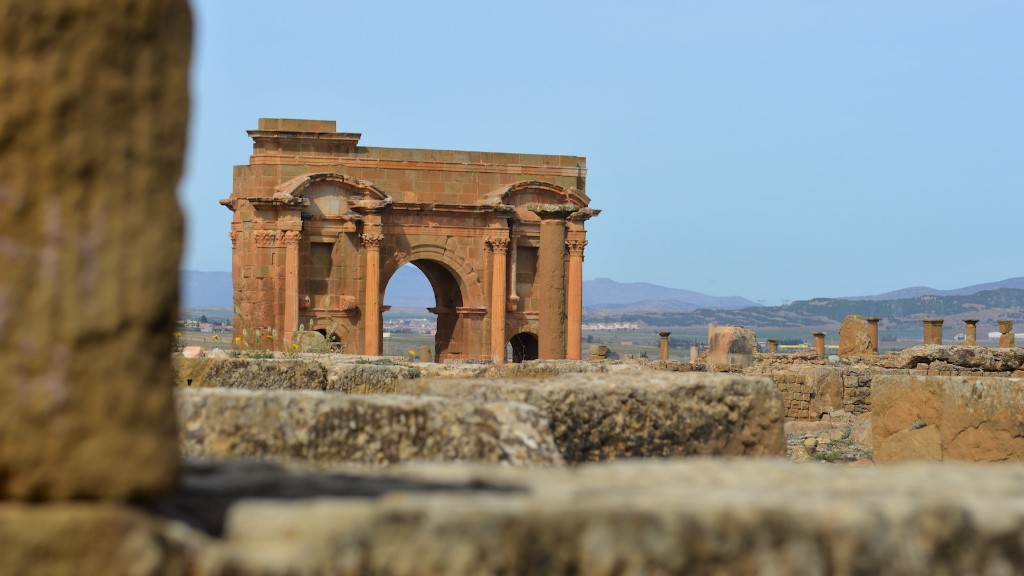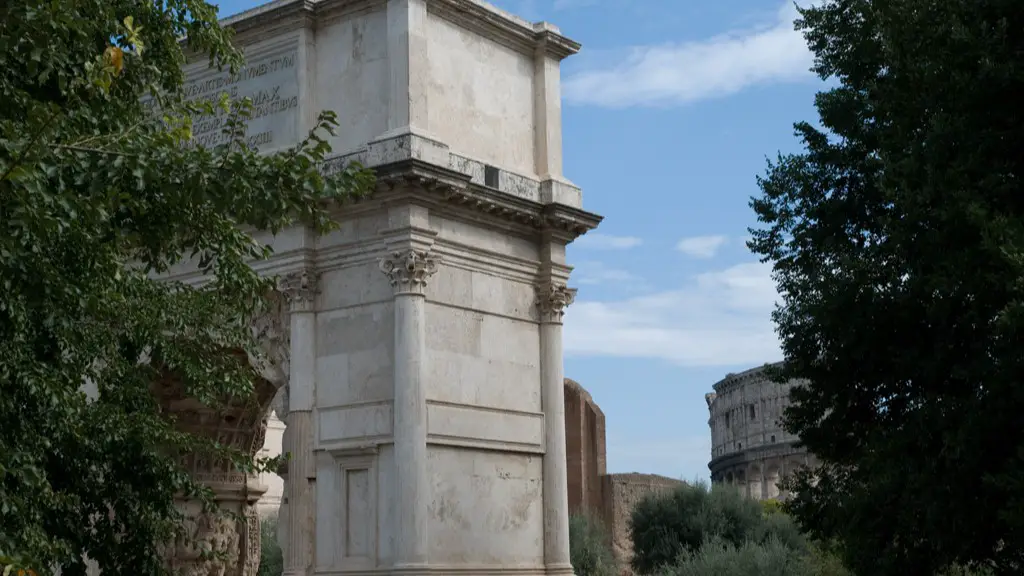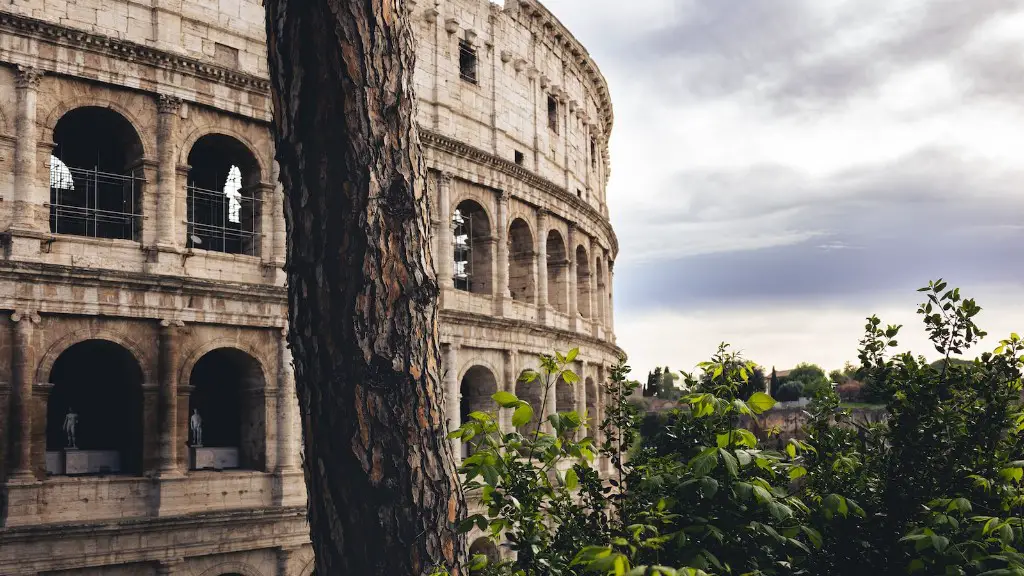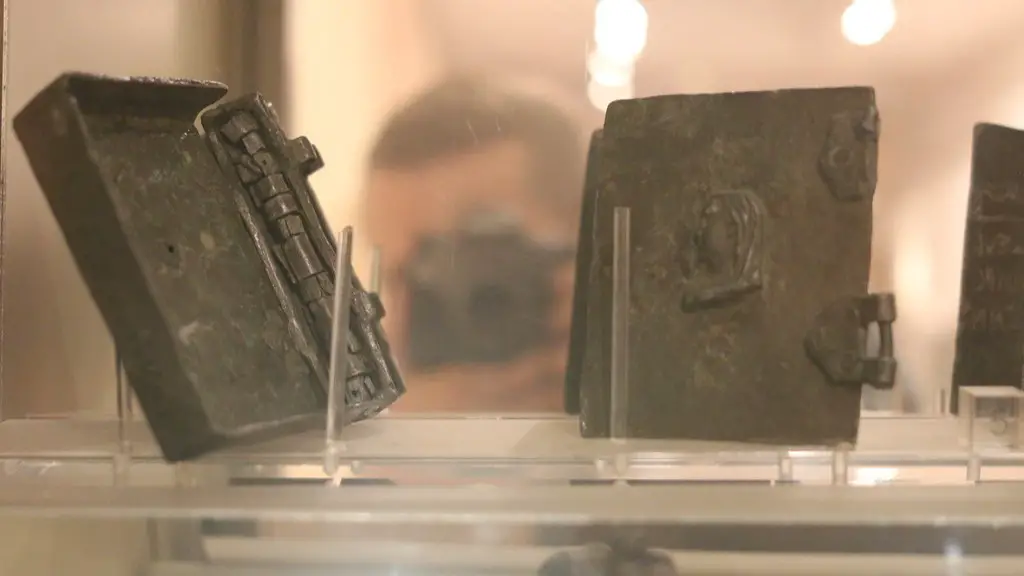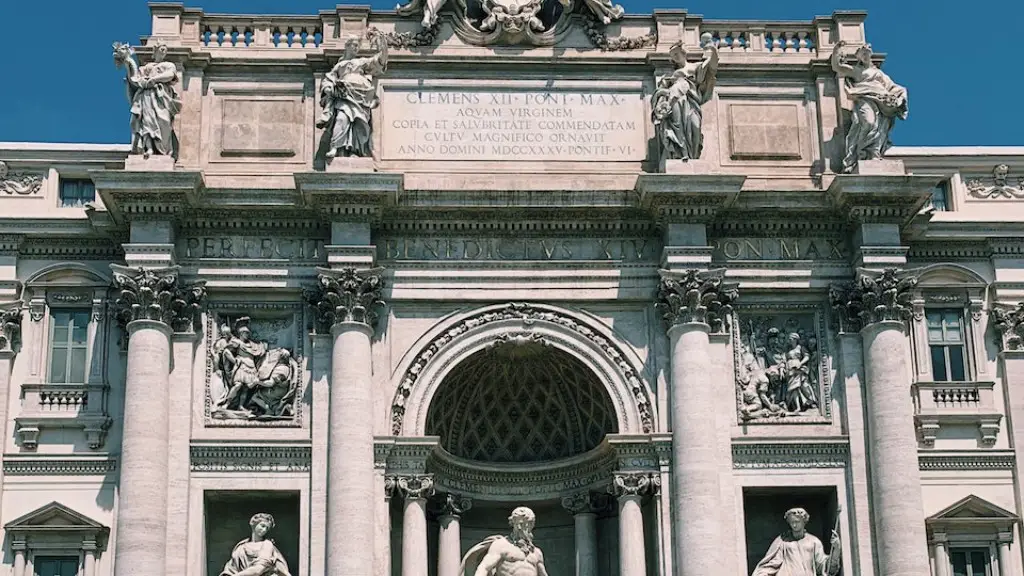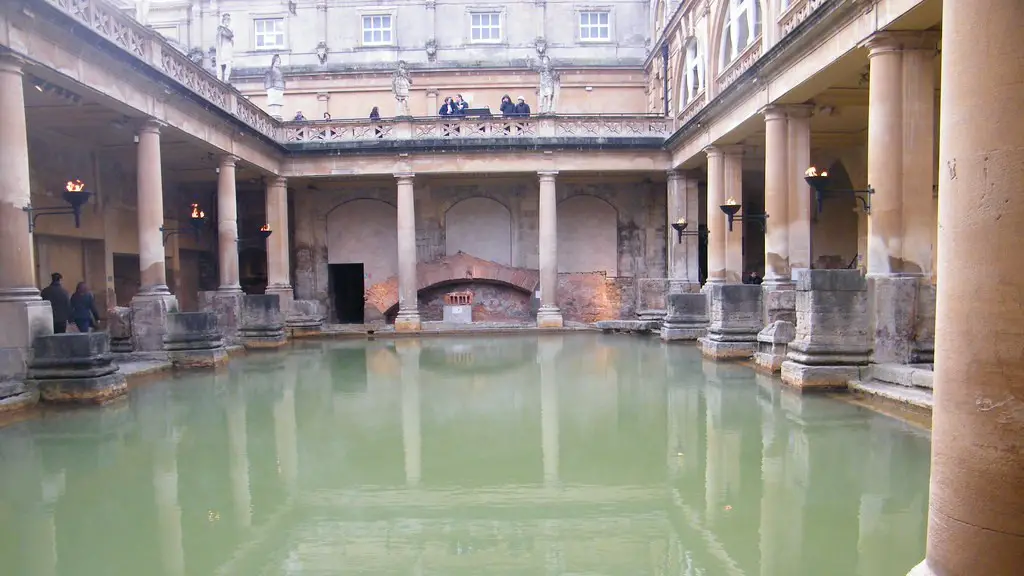At its peak, the Roman Empire was one of the largest empires in the world. It is estimated that the empire had a population of over 60 million people. That is a lot of mouths to feed! So, did ancient Rome have enough food?
The answer is yes, for the most part. Rome was a major agricultural center and was able to produce enough food to feed its massive population. The empire was also well-connected trade wise, which helped to supplement the food supply. There were times of food shortages and famine, but overall, Rome had enough food to feed its people.
Although there is no definitive answer, it is generally believed that ancient Rome had enough food to sustain its population. Rome was a major center of trade and had access to a variety of foodstuffs from all over the Mediterranean region. Additionally, Roman agricultural practices were highly efficient and allowed for the cultivation of a wide range of crops.
How much food did the Romans eat?
The typical Roman day consisted of three meals- breakfast, lunch, and dinner. Breakfast was typically bread or a wheat pancake eaten with dates and honey. Lunch was a light meal of fish, cold meat, bread, and vegetables. Dinner, or cena, was the largest and most important meal of the day. It was often a multi-course meal consisting of various meats, vegetables, and grains.
The Romans typically ate one large meal (cena) per day, at sunset. This was originally eaten around midday, with a smaller, lighter meal (ientaculum) in the morning. Supper (vesperna) was a smaller evening meal.
Did the Roman Empire have food shortages
Between 509 BC and 296 BC, there were sixteen instances of food shortages in Rome, as identified by Peter Garnsey. This was a period of time when the Republic was first founded, and it was a time of great turmoil and change. The food shortages were likely due to a variety of factors, including political instability, natural disasters, and war.
The poor people in Rome ate a porridge called “puls.” Puls was made by mixing ground wheat and water. Sometimes they might get some vegetables or fruit to eat with their puls. The poor ate very little meat.
Why did the Romans only eat one meal a day?
The Roman belief that it was healthier to eat only one meal a day impacted the way people ate for a very long time. This thinking was based on the belief that eating more than one meal was a form of gluttony and that it was better for digestion. This belief led to people eating smaller meals more frequently throughout the day.
Vitamin D is important for bone health and immune function, and a lack of vitamin D can lead to health problems such as rickets and osteoporosis. Sodium is important for maintaining fluid balance in the body, and too little sodium can lead to dehydration and electrolyte imbalances. Sugar is a source of energy for the body, and a lack of sugar can lead to fatigue and other health problems.
How many calories did the average Roman eat?
The average Roman ate quite a lot compared to today’s standards. They required on average 2,500 to 2,900 calories per day. Up to 3,700 calories were probably required when performing physical activities on a daily basis. The average Roman diet consisted of mostly bread and vegetables. They didn’t have access to the variety of food that we do today, so they ate what was available to them.
horizontal position was believed to aid digestion and it was the utmost expression of an elite standing. Roman actually ate lying on their bellies so the body weight was evenly spread out and helped them relax.
What was the average Roman diet
The Roman diet was largely based on grains, legumes, vegetables, eggs and cheeses. Meat (mostly pork) and fish were used sparingly, and as the empire expanded beginning in the 3rd Century BC, Romans welcomed new flavours – be it pepper from India or lemons from Persia.
The first famine in ancient Rome was recorded in 413 BC. Various famines in Western Europe were associated with the Fall of the Western Roman Empire and its sack by Alaric I in 410 AD. Between 400 and 800 AD, the population of the city of Rome fell by over 90%, mainly because of famine and plague.
Did people go hungry in ancient Rome?
In ancient Rome, food inequality was just as common as it is in our world today. Hunger and privilege existed side-by-side throughout the empire. “Ordinary Romans ate bread, porridge, and fruit and vegetables (in season),” says historian Andrew Wallace-Hadrill. “They also ate dates and honey. The rich, however, had access to a much wider range of delicacies, including exotic spices, fine wines, and luxurious desserts.” This inequality was mirrored in Roman society as a whole, with the rich enjoying a life of privilege and luxury while the poor struggled to get by.
Overpopulation became a major problem in the late period of the Roman Empire, as many people were forced to move into the cities due to the decline of farming. This led to poor plumbing and sanitation, as well as increased disease and food shortages.
What did upper class Romans eat
The ancient Romans’ diet was mainly based on cereals, vegetables, legumes and cheese, while meat and fish were mainly consumed by rich people. Ancient Romans used to use a lot of spices, so their cuisine was very similar to the current Middle-Eastern and North African one.
The ancient Romans were a people who loved their games and entertainment. The state provided a variety of options for both categories of ludi and munera. Theatrical performances, dances, and chariot races were all popular forms of entertainment, as were the more unusual exhibitions such as gladiator combats and wild animal shows. Whatever the form of entertainment, the ancient Romans were sure to enjoy themselves.
What did slaves eat in Roman times?
The core staples for slaves were low-quality bread and cheap wine, but was also supplemented by average fruits and vegetables, as well as soups, stews, and other hot meals. This diet was not adequate to maintain good health, and many slaves suffered from malnutrition and other diseases.
By the late 18th Century, most people were eating three meals a day in towns and cities. However, by the early 19th Century, dinner for most people had been pushed into the evenings, after work when they returned home for a full meal. The change in meal times was likely due to the increased work hours and the need to commute to and from work.
Warp Up
There is no definitive answer to this question as ancient Rome was a large and complex empire with a varied landscape and climate. Additionally, food production and distribution was not centrally controlled or regulated, so it is difficult to know how much food was available overall. However, we do know that some areas of Rome experienced food shortages and famine, so it is likely that the empire as a whole did not have enough food to meet the needs of its citizens.
It is impossible to know definitively whether or not ancient Rome always had enough food, but we do know that the Roman government made an effort to ensure that its citizens had enough to eat. For example, the government provided a monthly distribution of grain to every citizen, and also established laws that aimed to prevent food shortages. Given the Roman government’s efforts to ensure food security, it is likely that ancient Rome usually had enough food.
